
Outlook vs Gmail Showdown: Picking the Best Email Service in 2024
When it comes to choosing an email service, you’re likely wondering about the “Outlook vs Gmail” debate and which will best meet your needs. Currently, 60% of businesses use Gmail as their email service provider, while Outlook is the preferred email application for 95% of large and very large companies. How do you choose? Start by understanding the key features,


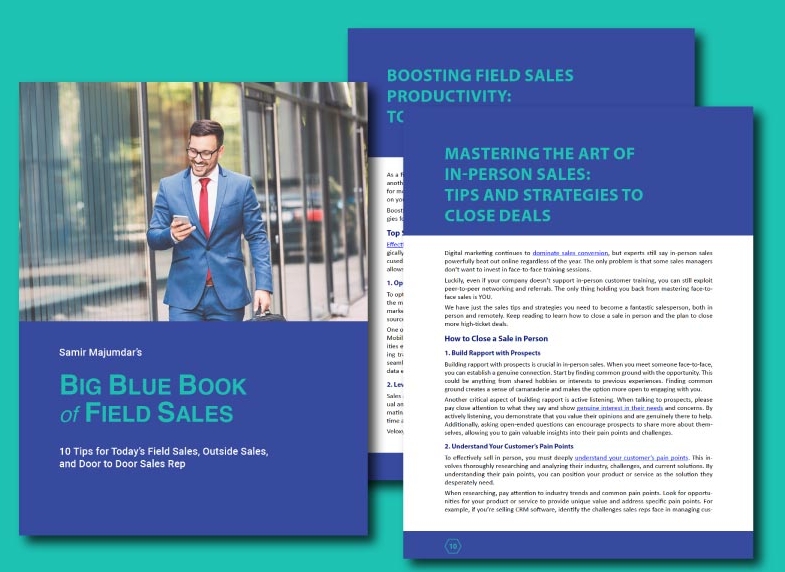

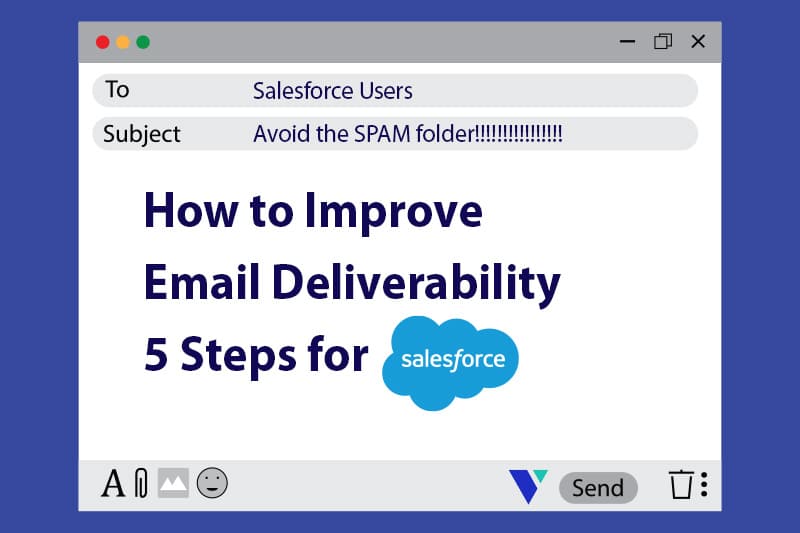

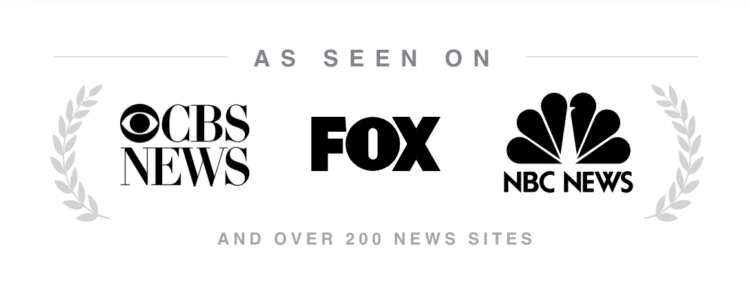
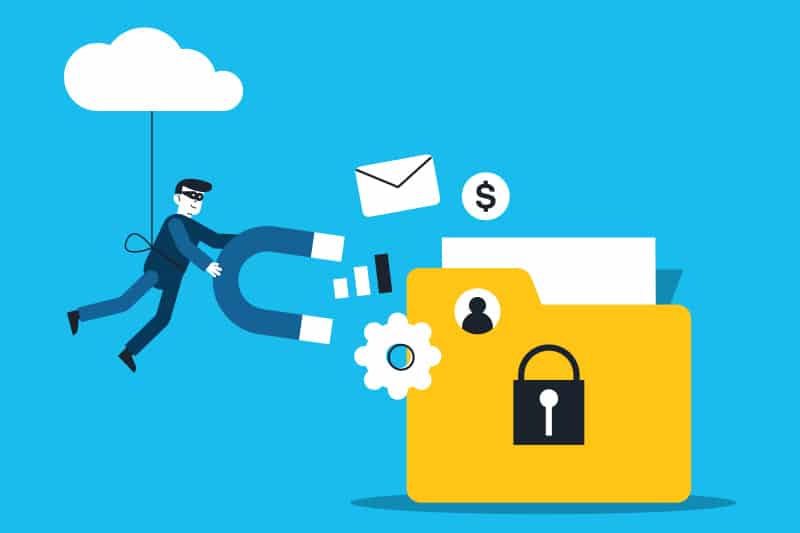
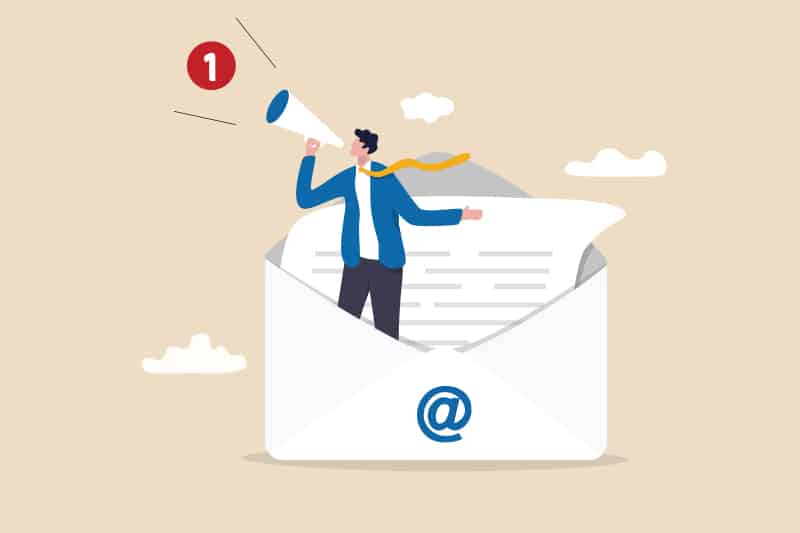







Send a couple of hundred emails and they’ll land in your leads inbox in no time—proof, you have 100% deliverability. Or do you?
If an email campaign is sent to your Salesforce leads and 20% land in the SPAM folder, is it still an email campaign?
Anyone can send emails. But not everyone can confidently send emails that land in the inbox every single time.
In this blog post, you’ll learn how to improve email deliverability to 98%, and in some cases 100%. Imagine what that will do for your Salesforce pipeline.
Let’s get started!
Don't Forget to Read our Sales Person's Guide to Cold Emailing
Step 1. Audit your email deliverability
Several factors can influence your email deliverability.
For starters, how many of these questions do you answer with a “Yes.”?
If you answered yes to most of these questions, you’re most definitely going to want to audit your deliverability. Why? Because cold email outreach done the wrong way is the number one cause of poor email deliverability.
Follow these steps right now to check your current email deliverability status:
If you received red errors or warnings in steps one through four, you’ll most definitely want to share the results with your IT staff. Furthermore, you’ll want to share this blog post with them because their contributions for improving inbox deliverability is critical.
Step 2. Separate cold email from email marketing
Using the same email marketing tool for both cold outreach and email campaigns is one of the biggest causes of poor deliverability.
Why? For the simple fact that subscribers and customers are expecting your emails and are most unlikely to unsubscribe from your campaigns.
Sending an email blast to hundreds or thousands of subscribers is not as “spammy” as sending an email blast to thousands of prospects that don’t know you or your company.
Here are some common cold email software features that improve deliverability:
If you’re hesitant to add another tool to your sales tech stack, consider that most cold email marketing software is both affordable, user-friendly, and risk-averse.
Below is a list of the best cold email software tools:
Veloxy is commonly used for cold email outreach, too. We just guide customers to send cold emails in response to email tracking notifications and our AI-powered lead prioritization. Having your automated email activities appear human is very important.
Step 3. Set up a custom email domain
Here’s a scary story. Five years ago, a friend of mine who manages an inside sales team was surprised to find out that a cold email was responsible for their website being taken down.
An SDR sent a cold email without an unsubscribe link or the company’s home address. Unfortunately for that sales rep, the prospect was not in a good mood and reported their mistake to Spamhaus–one of the largest SPAM enforcers in the world.
That’s right. If you’re sending cold emails from your company’s website domain, any spam penalty can negatively impact your website’s grading and reputation.
So what’s the solution, you ask?
Have your sales staff send cold emails from a secondary sender domain.
For example, if your company’s website domain is xyzcompany.com, your sales staff could use one of the following sender domains to protect the health and status of the website:
You get the picture. This also gives the sales team full responsibility for maintaining their own sender status and email deliverability. Plus, you can get creative with the domain name to communicate your company’s positioning.
Bonus Tip: Be sure to work with IT to set this up, and their staff should also be able to set up custom tracking domains for measuring individual sales rep performance.
Step 4. Add SPF, DKIM and DMARC records to DNS
Wait! Don’t let your trusty IT staff walk away from you just yet. Their next contribution is going to be vital in improving your email deliverability.
Here’s a quick breakdown of what these records mean:
In short, you do not want to send cold emails without these three records in your sender domain’s DNS.
Think of it this way. When you get pulled over for speeding, the police officer requests your driver’s license, proof of insurance, and registration card. If they all check out, you’re good. But if you hand the officer someone else’s credentials, or if you say that you don’t have any of those forms of identification—well, you’re not going to go very far.
The good news is that this is the easiest and fastest step for improving your email deliverability!
I just helped a friend add these records to his DNS, and it only took us two minutes.
Below are some helpful guides:
Step 5. Manage email deliverability in Salesforce
You may be thinking, “How does Salesforce impact my email deliverability?!”
Good question. Our clients always ask me the same question.
Here are 3 ways that Salesforce can impact your deliverability:
Fortunately, you can go to the ‘Quick Find’ box in Salesforce and type in “Test Deliverability”. Enter your email address, click send, and Salesforce will send a test message to you from every single Salesforce sender IP.
Salesforce also gives users the ability to enable email security mechanisms like SPF and transport layer security.
Furthermore, if you’re using Salesforce’s Email Studio or Pardot, these platforms are again intended mainly for the opt-in crowd, such as leads and customers.
Here’s your roadmap for sending cold emails as a Salesforce user:
If you and your sales team need help with cold email and deliverability, schedule time on our calendar. He’d be happy to schedule a Lunch and Learn session!
Final Thoughts on Email Deliverability
We trust this blog post helped you improve your email deliverability–especially for our fellow Salesforce users!
If you’re curious about our email authority, we invite you to check out our cold email archive of blog posts and our email marketing ebook.
And don’t pass up our invitation to trial our email marketing software, too.
It can be used for both cold email and email campaigns.